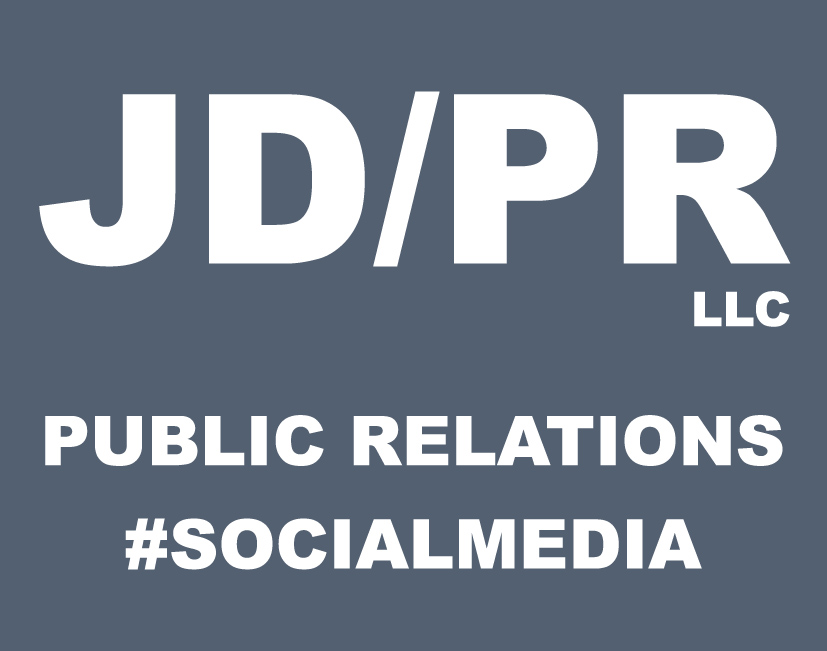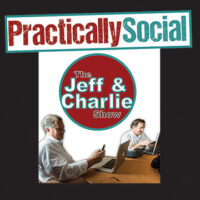Use Crisis Levels to Prepare for the Unknown
There was the gruesome death by snowplow at the ski resort parking lot. Accusations of mismanagement at a Washington, D.C. attraction. An executive’s insider trading. Sexual harassment at a private school. Carbon monoxide poisoning at a housing project in Baltimore. And many more crises I have managed over the years.
Each one is as unpredictable as the next. Like the time a giant inflatable baseball blew off the roof of the Baltimore Convention Center and its electric generator struck a man in the head. Yes, that happened and serves as proof that you can’t plan for every what-if scenario. I doubt many corporate crisis PR plans had “global pandemic resulting in economic meltdown” as one of the potential scenarios.
That’s why I always recommend creating three levels or stages when developing a crisis communications plan so you can mobilize the appropriate team members and tools for each one.
Level 1
Covers routine or “less-serious” situations that might draw attention but would not affect business continuity. For example, a worker falls off a ladder and an ambulance is called to a site. Your communications team needs a process to handle the resulting communications needs.
Level 2
Defined as a “significant or threshold event” that would most likely attract media attention and require the full attention of communications. An active shooter, a major fire or significant lawsuit fall into this category.
Level 3
These crises fall under the category of “major event.” Think earthquake, hurricane or coronavirus. A major impact on the business. The threat of loss of life is typically involved.
Finally, no matter which stage or level you plan for, follow these crisis PR reminders to ensure you are prepared:
- Have a version of your crisis plan digitally accessible via a mobile device, tablet, etc. Crisis situations don’t always occur during the week between 9 a.m. and 5 p.m.
- Important publics are paying attention to you (and taking notes and screenshots of your statements and Twitter feed). This includes employees, media, local government/agencies, critics, so keep the bigger picture in mind when communicating.
- Don’t “wing it” with the media. Make your mistakes behind closed doors in your conference room during media training rehearsals well in advance of any crisis.
- People want to hear that you care, you are taking steps to address the situation, you are accountable and responsible, and that you will be part of the solution. Weave those points, especially the one about caring, into your messages.



Leave a Reply
Want to join the discussion?Feel free to contribute!